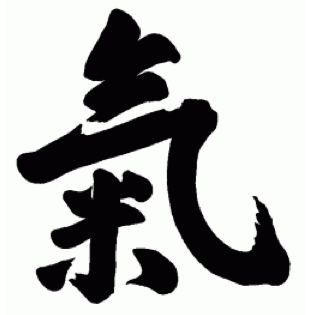Practicing Correctly
I'm always working at getting students to practice correctly. I try to help them understand that "correct" encompasses, in the case of aikido, not just footwork, or the technical, "this hand palm up, that hand palm down" elements, but also, "with your shoulders relaxed, with awareness of your center, with complete presence." If you accept that being relaxed is stronger, then you need to make sure to practice that way. If you don't, your aikido won't improve. And then you will not respond in the strongest way when there is an attack.
About three days ago I was forced to face this lesson myself at the piano. When I practice, in addition to making sure I'm playing the right notes, I try to listen for things like tone, evenness and musicality. I also try to be aware of my body: posture, relaxed wrists, etc. At the same time, for a couple of years I've been plagued with problems with my left shoulder. It continually tenses as I play, and I find that after playing for an hour or two my shoulder and left arm ache. I know this isn't good. I can feel it happening as I play but even though I've tried and tried to stop doing it, the habit persists.
It wasn't until last week that I realized that I needed to incorporate relaxation of my shoulder into my practicing in a different way; I needed to learn the lesson I have taught others.
Now, if I'm trying to practice a new tune, a bass run or a chord progression, I work to practice it each time, with the shoulder down. If I can't keep the shoulder relaxed, it's not correct, so I slow down my playing until I can.
This is a very deep-seated physical habit. But I need to overcome it, both to improve my playing and to have more comfort in the other things I do: driving, cooking, using the computer. And I know that I can, if I remember to practice correctly.
About three days ago I was forced to face this lesson myself at the piano. When I practice, in addition to making sure I'm playing the right notes, I try to listen for things like tone, evenness and musicality. I also try to be aware of my body: posture, relaxed wrists, etc. At the same time, for a couple of years I've been plagued with problems with my left shoulder. It continually tenses as I play, and I find that after playing for an hour or two my shoulder and left arm ache. I know this isn't good. I can feel it happening as I play but even though I've tried and tried to stop doing it, the habit persists.
It wasn't until last week that I realized that I needed to incorporate relaxation of my shoulder into my practicing in a different way; I needed to learn the lesson I have taught others.
Now, if I'm trying to practice a new tune, a bass run or a chord progression, I work to practice it each time, with the shoulder down. If I can't keep the shoulder relaxed, it's not correct, so I slow down my playing until I can.
This is a very deep-seated physical habit. But I need to overcome it, both to improve my playing and to have more comfort in the other things I do: driving, cooking, using the computer. And I know that I can, if I remember to practice correctly.




Comments
Post a Comment